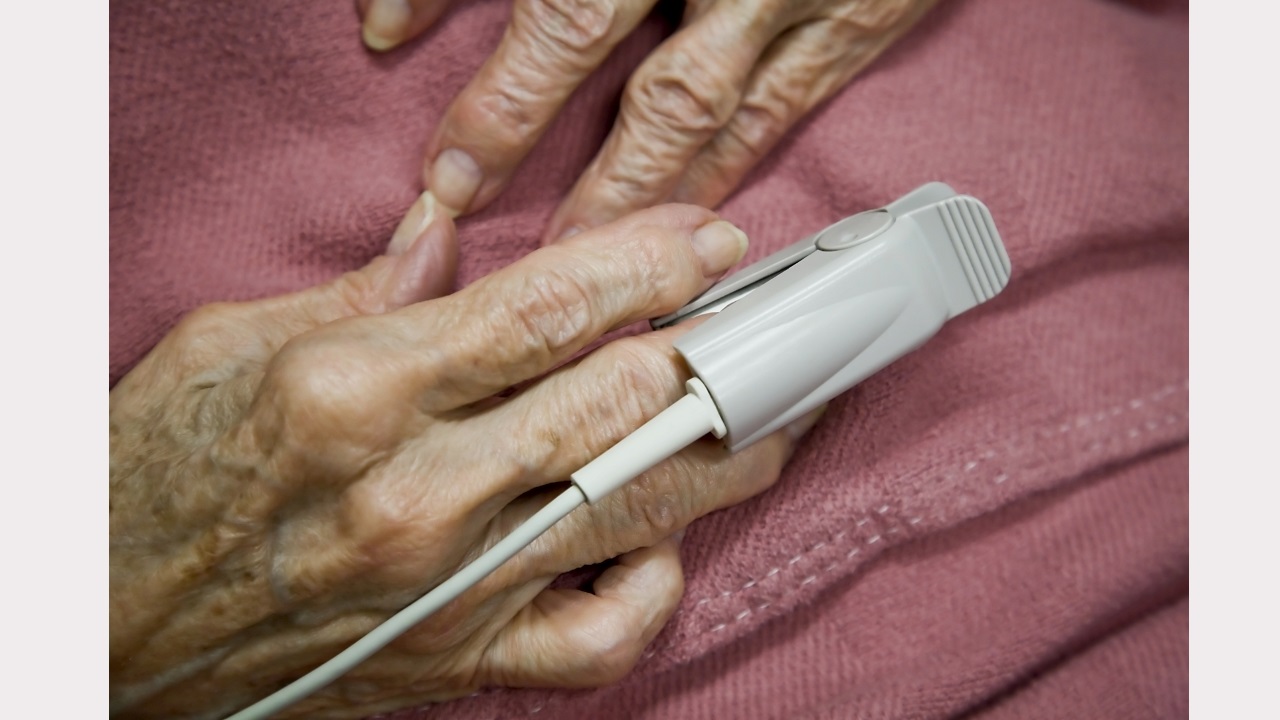Palliative care expert supporting paramedics to deliver better patient outcomes
Palliative care expert supporting paramedics to deliver better patient outcomes
by Heather Wiseman
Wednesday, August 30, 2017
NSW Ambulance is drawing on palliative care expertise as it strives to deliver emergency responses that are consistent with patients’ existing medical treatment and wishes for end-of-life care.
The service’s new coordinator of palliative and end of life care, Colleen Carter, has worked as a palliative care clinical nurse consultant for about 18 years in community and acute settings. She was recently seconded to NSW Ambulance’s Clinical Services Unit in order to improve patient outcomes.
Ms Carter will provide help to develop a model of care to assist paramedics when attending patients who require palliative and end-of-life care.
Part of her role is also to build paramedics’ confidence when they are called to see someone at home who is clearly dying.
“They are often focussed on the acute situation, for example trauma or something life-threatening like a heart attack, so this can present a very different scenario for them,” says Ms Carter, who was formerly employed by South Western Sydney Local Health District.
“They often work in pairs or sometimes alone and they have to make quick decisions, so I am working to empower them and give them confidence about their decision making.”
Ms Carter says paramedics’ clinical responses are guided by protocols which she is reworking to include more information about recognising the signs and symptoms of approaching death and relevant symptom management.
She says the protocols largely determine what medication and care paramedics can provide for specific symptoms. If they are called, for example, to someone with severe abdominal pain, the protocols determine the specific medications and doses they are able to administer. If that pain is caused by advancing colorectal cancer, however, that response may not represent optimal or adequate care.
NSW Ambulance has been proactive in addressing this limitation, developing Authorised Care Plans about five years ago in order to equip paramedics with the information they need to work outside of protocols and provide more tailored, patient-centred care.
Ms Carter says NSW Ambulance has more than 5000 Authorised Care Plans logged into its system, each of which has been endorsed by NSW Ambulance, having been reviewed to ensure they are clinically robust. About 100 new plans are added each week. Paramedics are notified electronically when they are called to an address where a resident has an Authorised Care Plan.
Authorised Care Plans give paramedics context, detailing the patient’s condition, and whether or not they are to be resuscitated. They include specific care directions from the patient’s general practitioner or specialist, and detail appropriate medications and how they are to be administered. In addition to improving continuity of care, the plans can also indicate where patients are best transferred in an emergency (for instance, to a palliative care ward, rather than a hospital emergency department).
Ms Carter is also working to ensure that paramedics are aware of local 24-hour advice lines, where they may be able to access real time clinical advice or specific information about the care of the patient. This may include specific information about their medical history, appropriate treatment and goals of care.
“In South Western Sydney, we have an electronic medical record that goes across all settings – community and inpatient care. If a paramedic calls the advice line at, say, 2am the call is automatically directed to one of two local palliative care units and the nurse can access the electronic medical record for that patient,” says Ms Carter, who also sits on Palliative Care NSW’s management committee.
“The records might say that if the patient is deteriorating, they would like to be admitted to a palliative care unit, so if a bed is available the nurse may be able to negotiate for that person to be admitted directly.
“It is all contingent on inside knowledge, which is why the first step is providing the paramedic with the right phone number to call.”
Several Primary Health Networks have supported the Authorised Care Plans initiative, making it easier for general practitioners to complete and lodge the forms electronically.
Ms Carter says she is working closely with geriatricians and representatives from the residential aged care sector to encourage the uptake of Authorised Care Plans. However, implementing can rely on required medications having already been prescribed and supplied in advance of the resident needing them; otherwise paramedics can only use medications they are endorsed to administer. This means that sometimes transferring patients to an emergency department remains the only option.
Ms Carter is also working with paramedics to clarify the relevance of Advance Care Directives in an emergency situation. She says that while Advance Care Directives are legally binding, because they are completed by patients when they are of sound mind, they don’t necessarily apply in an emergency situation, which can cause confusion.
“People with an advancing malignancy may document their wishes in an Advance Care Directive to guide doctors about what to do for them in the event that their disease continues to progress,” she says.
“But if that person was involved in a motor vehicle accident and paramedics were called to treat a traumatic injury – like a compound fracture – there may be confusion about whether to follow the Advance Care Directive. With this scenario, you wouldn’t, because it isn’t current. So often people assume that currency is about timeframe, but it is about being relevant to the clinical scenario. So paramedics would respond by doing all of the normal things they would do for trauma.”
For further information email: Colleen.Carter@health.nsw.gov.au
